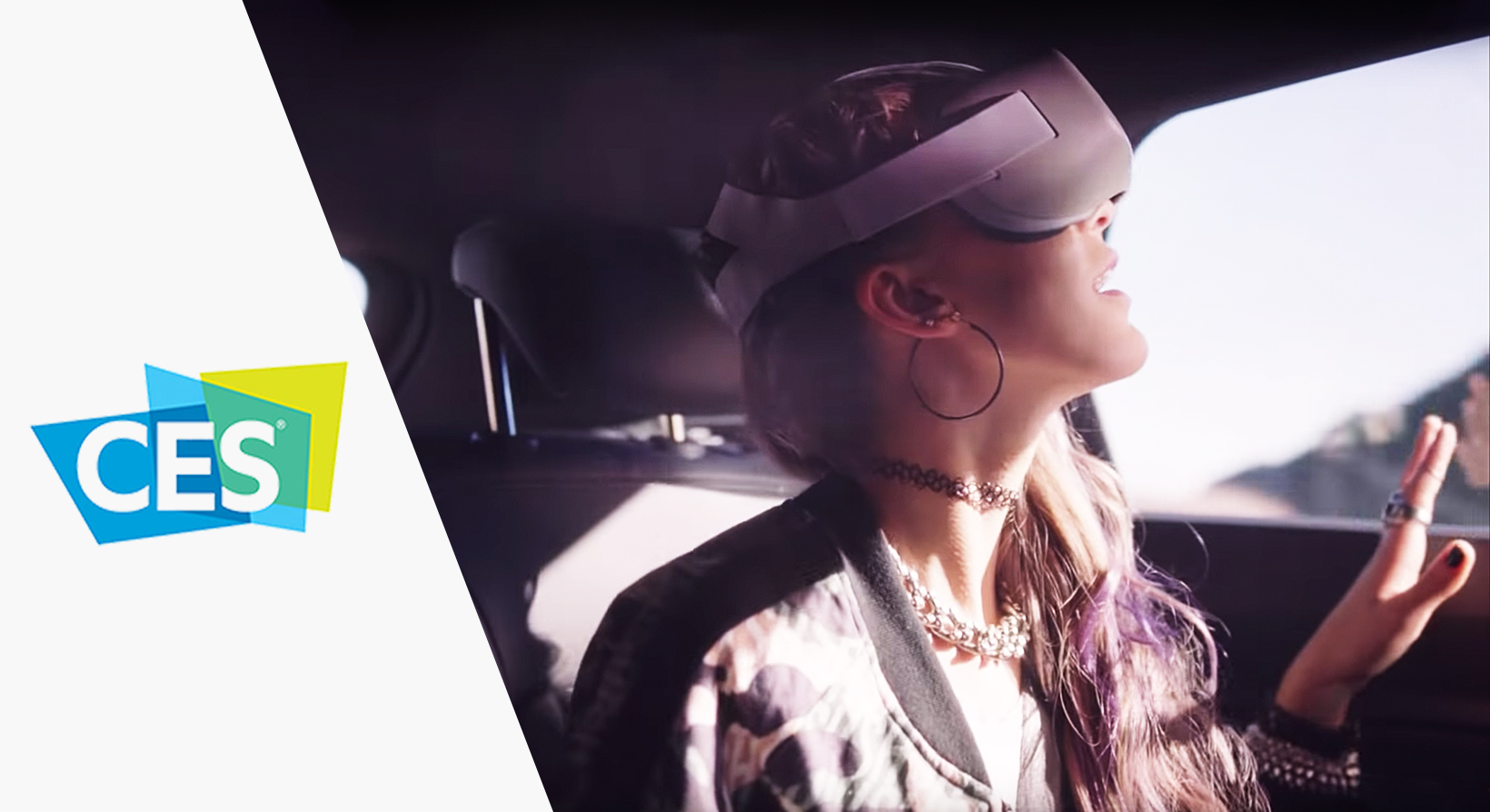
The Future of Spatial Computing at CES 2019
In warm and sunny Las Vegas, another CES has just wrapped. This is an event we watch with frantic attention every year because we know it’s ground zero for the next big announcement for Extended Reality, spatial computing, and consumer technology in general.
2019 certainly did not disappoint for VR/AR/MR professionals. New experiences were launched. New hardware was unveiled. And we are more pumped than ever about the future of XR!
One of the first things we noticed about the topic organization this year was that XR has transitioned from a niche of its own to permeating discussions across the board. This is huge!
Exciting New Hardware
We’ll start with the flashy new headsets we’ve been dying to see, namely the latest from HTC and Pimax.
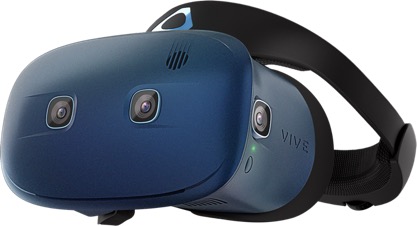
HTC Vive Cosmos
The newest headset from hardware heavyweight HTC delivers on a number of levels, starting with inside-out tracking, attention to 6DoF, and improved graphics. Many Vive fans will appreciate the incorporation of a flip-up design, as it will to enable them to jump in and out of an experience conveniently.
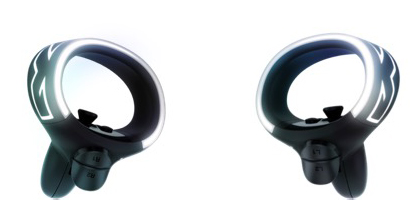
What really caught our attention about the Cosmos are the epically cool Tron-style controllers. We can just imagine walking past floor models in a store or watching someone actively game with them. Eyeballs will certainly be glued to those glowing rings.
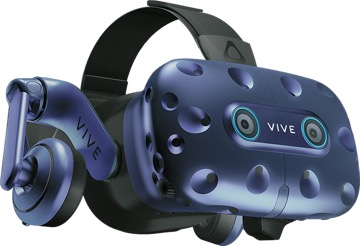
HTC Vive Pro Eye
A bit less sleek on the outside, but still extremely cool on the inside, the Pro Eye model integrates eye tracking and foveated rendering. This headset is geared towards professional, enterprise-level users, particularly anyone who needs the hands-free convenience of using their eyes to control the device. Check it out in action below.
This panoramic headset boasts a FOV of 200 degrees (close to real human vision) and over 16 million pixels of rich detail (the highest resolution in VR) that maximize immersive authenticity. Reports from CES are praising Pimax’s progress with the 8K in overcoming usability issues including visual artifacts, tracking, and problem pixels.
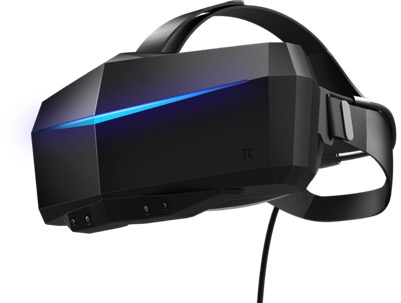
Pimax 8K
Location-based VR
An ongoing barrier to mass adoption of XR is the price point of high-end immersive hardware. Content may be affordable – and is improving in quality every day – but as long as the average citizen can’t get their hands on gear good enough to produce a truly breathtaking experience, we’ll see a cap on the number of people engaging with immersive entertainment.
Enter the VR-ready venue. Arcades, movie theatres, malls … anywhere a little light entertainment is a welcome activity, we will see VR popping up for public consumption.
This year at CES, Disney’s Wreck it Ralph made an appearance with a next-level experience for The Void. Watch the video below to see just how immersive an experience can be when we throw cutting-edge tech at every human sense. Participants got to touch and smell Ralph’s arcade world, all while seeing and hearing an environment that felt real.
The Business of Immersion
Gaming continues to dominate consumer awareness of VR/AR technology, but we were thrilled to see panels talking about XR solutions for business.
Talks like “Beyond Gaming: XR Gets Down to Business” covered topics including remote conferencing, diversity in hardware, product education and support, as well as testing and evaluation.
Discussions around XR for retail, marketing, health care, and more, all mean that our peers are on the same page; XR has an ocean of value to offer every industry in the modern world.
VR and AR to Go
The automotive industry in particular has some exciting tech headed its way. We’re looking specifically at two innovations; experiences designed to work with the motion of a car, and cars that live in the AR Cloud.
VR content for Holoride has been gaining great reviews, particularly for decreasing motion sickness and disorientation, despite the added variable of being inside a moving car. Co-founded by Audi and demonstrated using an Oculus inside an Audi SUV, we’re not surprised this was a popular experience at CES.
Nissan on the other hand has been hard at work integrating AR into their vehicles. They call it Invisible-to-Visible technology. Essentially, they’re focusing on translating binary data we don’t see (and can’t understand) into visual representations we can use for decision-making and awareness.
Overall, CES delivered, yet again, glimpses of spatial computing’s soon-to-be-realized potential as well as the technological advancements we can expect to see down the road.
Do you have questions about XR’s future? And what it could mean for your business? The Stambol team loves to talk tech and share our expertise on how it fits in the real world, so go ahead and ask us for answers.
Feature Image Credit: Holoride


